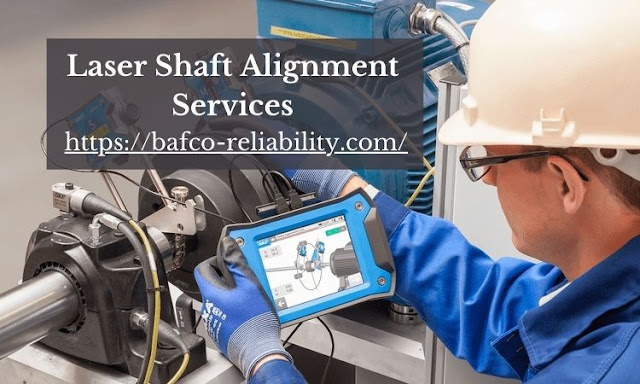How To Maintain Equipment Reliability: A Quick Guide
Nowadays, the most pressing issue in manufacturing is how to maintain equipment reliability. Let's start this article with a quick guide to maintaining equipment reliability.
One of the most important things that you should know is that before any maintenance activities are performed, you should ensure that there is an initial service evaluation (ISE). An ISE is required only once for each piece of equipment before it enters service. This evaluation will provide information on the effects of use and aging on the equipment.
The ISE will allow you to identify any problems before they affect production, as well as provide records for later service requirements. It is not always possible to perform an ISE; however, whenever one can be performed, it should be carried out thoroughly and according to a documented plan. Only in this way can you maximize the benefits of condition monitoring.
Condition Monitoring is the practice of using sensors to monitor equipment conditions over their entire lifespan, in order to minimize break down and avoid unnecessary repairs. For condition monitoring to be effective, it has to be started early on during the investment phase using predictive maintenance methods.
The conditioning monitoring system should be customized to meet the specific needs of each piece of equipment, and it should always be developed before the installation of the equipment. The condition monitoring program will provide information on condition trends over time (baseline condition) and allow for predictive condition-based maintenance planning before machines are brought into service.
You need to choose condition monitoring equipment and sensors according to the condition and operating variables of the equipment. Then, you need to install condition monitoring equipment on each machine that measures important condition parameters such as vibrations, temperatures, pressures, flows, or electrical currents.
For condition monitoring data to be useful it needs to be collected and accessed in a timely manner by people who are able to take the necessary actions. The condition monitoring data needs to be incorporated directly into the production equipment.
Vibration signals may be used to control lighting, heating, and other systems. They can also be utilized as inputs for automated lubrication systems or converted into vibration data that activates a vibration monitoring alarm on a machine tool.
Otherwise, vibration data can be converted into additional process control signals for vibration-sensitive processes such as ultrasonic welding.
The vibration data needs to be displayed in a way that is easy for people with little vibration-related experience to understand. There are many vibration monitoring and analysis software tools available, which can provide both vibration analysis and vibration monitoring. The vibration spectrum of the equipment should be recorded and monitored over time; this will allow you to identify abnormal conditions before they become serious. For example, the laser alignment services spectrum can change when a laser guide has been subjected to shock or vibration damage.
Other useful condition monitoring parameters include load/stress concentrations, operating temperatures, speed, and pressure variations. You should try to select sensors that provide all the condition monitoring data you need in one device whenever possible because this will simplify installation and reduce costs.
You should always carry out condition monitoring in accordance with the manufacturer’s instructions, especially when it comes to installation, calibration, and maintenance procedures. You will need to compare results recorded against an initial baseline to determine if there are any significant changes over time. If so, corrective action should be taken before the problem becomes serious or costly.
Condition monitoring provides vital information about the status of equipment. This knowledge is essential for optimizing production and preventing unplanned downtime, as well as damage to components and machinery.
The key steps to developing a successful condition monitoring program are: selecting the right equipment, implementing continuous monitoring strategies, developing a detailed history file of each machine with test data, carrying out real-time analysis to identify problems before they become critical, and performing corrective maintenance.




Comments
Post a Comment